Mistakes are great learning tools, probably one of the best! We can learn two ways, from making mistakes ourselves, or from looking at other mistakes. Please take this page only as an educational tool.
The Sterba Curtain for all bands on Ham Universe claims to be an all band 160-10 meter Sterba Curtain. Looking at that antenna, we can see some very common mistakes and learn to avoid those mistakes.
From eHam Towertalk:
| I am hardly a Guru - but I did make this exact
antenna from the same link several years. It sounded soooo good on the
web page. Alas like most antenna hyperbole on the internet it did
not meet my expectations. It was a real pain to construct and erect. I put the top wire at about 55 ft. I tested it. I tested it against my 75 mtr loop, 40 mtr vertical and 130' dipole fed with 600 ohm feed line. The sterba did not win any test. In fact it was even worse than the all band (hyperboled) Mystery Antenna that it replaced. And the Mystery antenna was pretty poor..... I took it down after 2 weeks, I think it is still in my junk box along with the Mystery Antenna, a good place for both. Do yourself a favor and put up a 130' doublet fed with 450 or 300 ohm feed line. It will perform much better than this Sterba.... |
That probably is an accurate assessment, but it doesn't help us understand how or why antennas might not work.
The H-U All Band Sterba Curtain
The antenna below uses the exact dimensions of the HU article. It contains a representation of actual window line in the elements. Height is 47 feet to the upper element, which is probably a reasonably obtainable height. Before we do anything, we should look at performance of a standard antenna, like a dipole. We have to know how a basic simple antenna performs, or we have no reference to any new system. A basic simple dipole is a good reference antenna, because it is reliable and easy-to-build.
The plots below are for a standard wire dipole 5/8th wavelength above normal earth. This should be the basis of any antenna comparison:
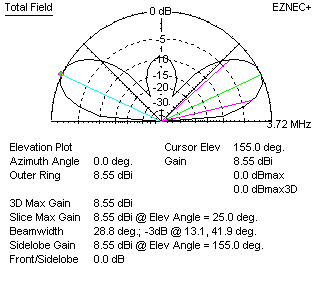
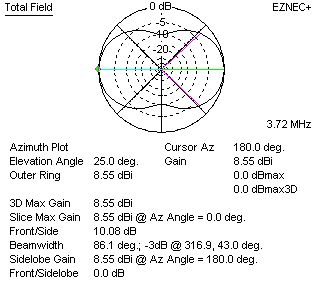
We see a basic simple dipole over normal flat earth can have about 8.5 dBi gain. This is because reasonably good earth, even without any counterpoise wires, adds around 6 dB of ground reflection gain to horizontally polarized antennas.
Here are antenna models of the Ham Universe all band curtain:
28.5 MHz gain is 12.55 dBi, or +4 dBd. It is a good antenna for ten meters!
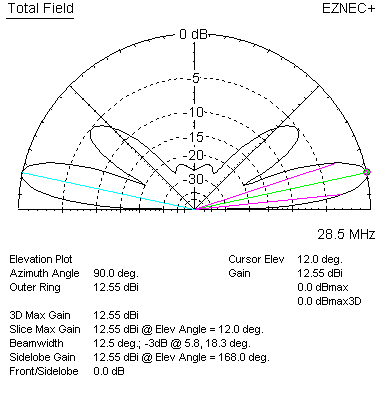
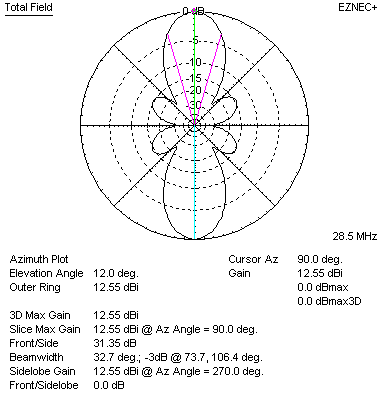
24.9 MHz gain is 12.43 dBi, or 4 dBd. It is still a good antenna for 12 meters, a little better than an extended double Zepp.
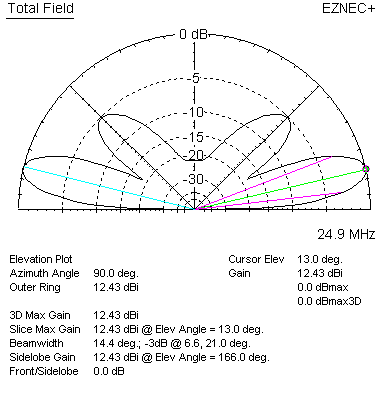
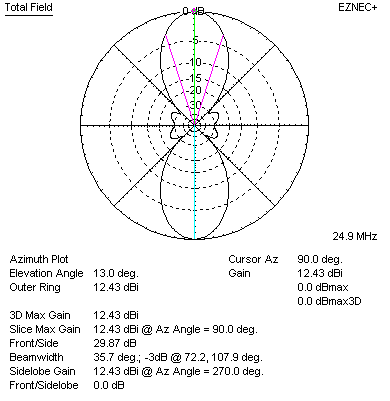
21.1 MHz gain is 6.13 dBi, or -2 dBd. This is weaker than a dipole by 2 db. While this will still allow many contacts, a dipole would be better.
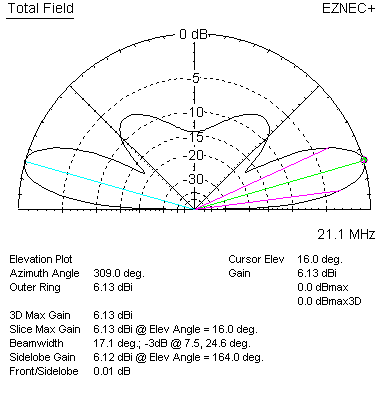
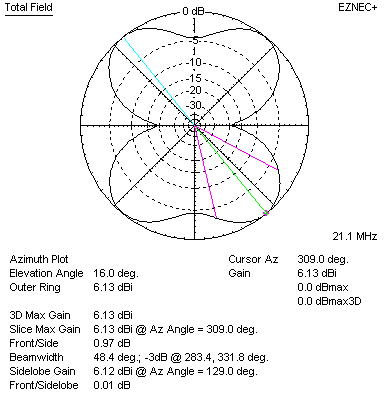
18.1 MHz gain is 6.71 dBi, or -1.5 dBd. Weaker than a dipole by about 1.5 dB. This is weaker than a dipole.
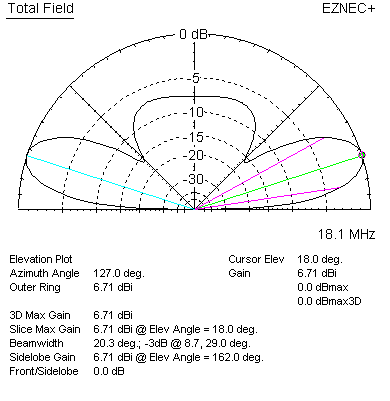
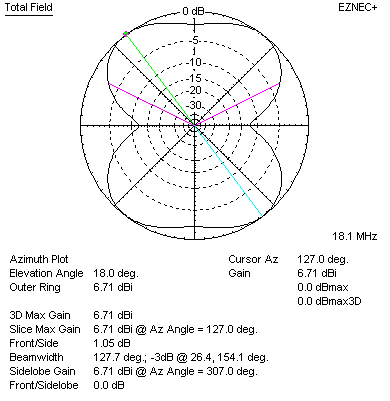
14.2 MHz gain is -1.62 dBi, or -9 dBd. Weaker than a dipole by 9 dB. This is where the antenna is noticeably poor. A 100-watt transmitter becomes a 10 watt QRP rig! You will still work people, but a dipole is about 2 S units stronger!
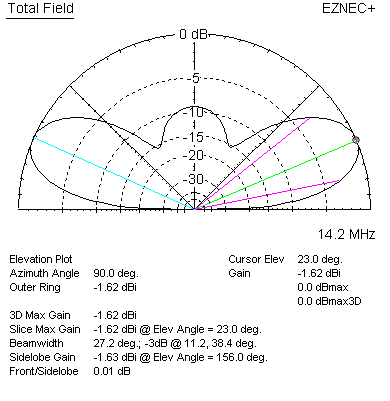
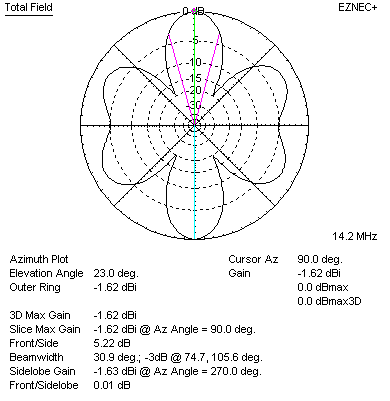
10.15 MHz gain is 6.13 dBi, or -2 dBd. Weaker than a dipole by 2 db
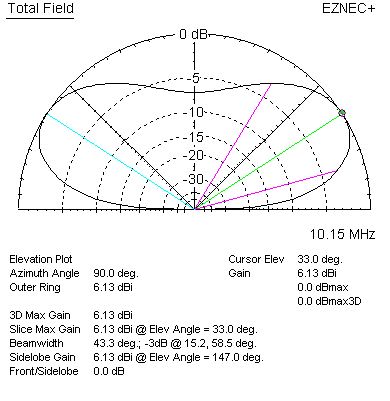
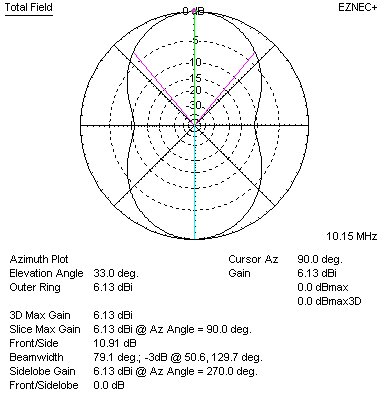
7.15 MHz gain is 5.51 dBi, or -3 dBd. Weaker than a dipole by 3 dB
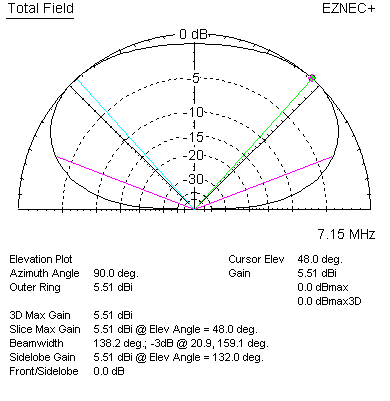
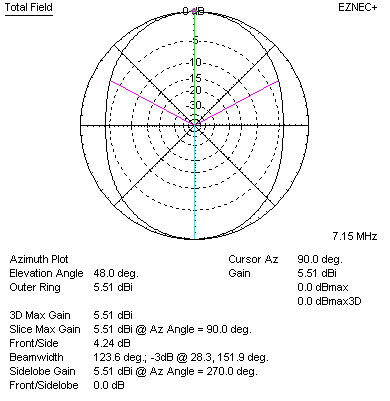
3.6 MHz gain is 1.8 dBi, or -6.5 dBd. Weaker than a dipole by 6.5 dB
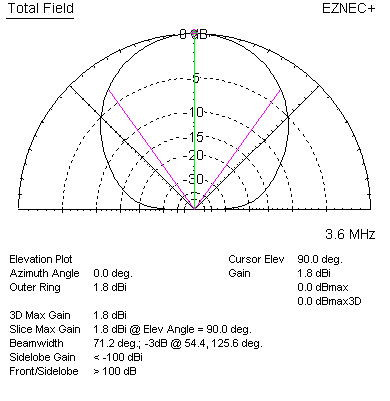
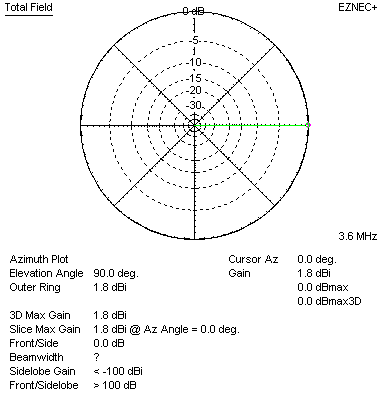
1.8 MHz gain is -11.6 dBi, or -19 dBd. Weaker than a dipole by almost 20 dB. This is dummy load category
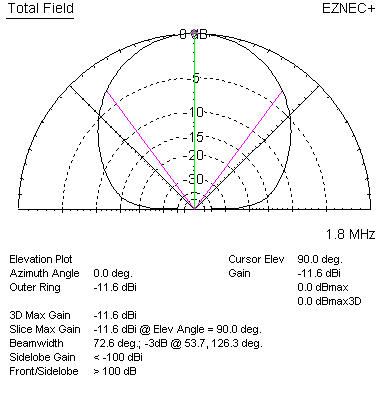
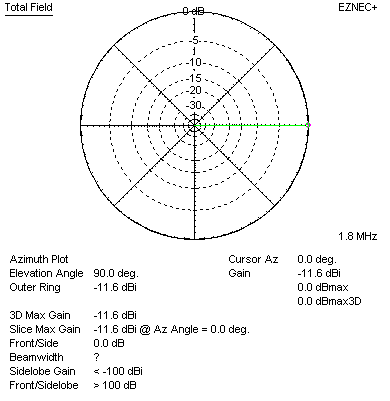
It's pretty easy to see why "making contacts" should not be a criteria for claiming something works properly. If we add feed line losses to the above analysis, some bands are 5 dB or more worse! Even a few watts ERP will allow many contacts, but that doesn't mean every antenna is an all-band antenna.
The main problem in the above antenna is phase-shift in the elements, and mismatched impedances in the elements. This was missed because the only performance reference was if someone could hear the signal. This is why we should always compare antennas to a basic reference antenna.